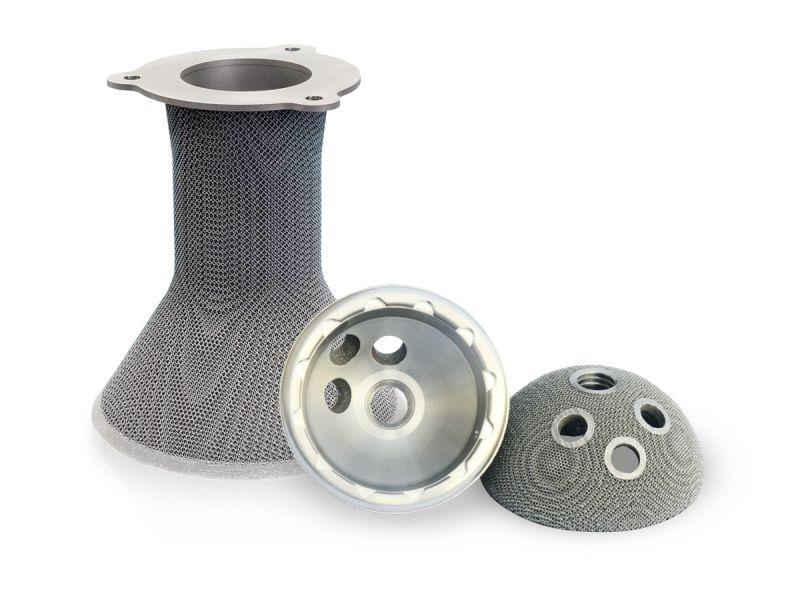Shaping the Future: Exploring Advancements in Metal 3D Printing

Metal 3D printing, also known as Additive Manufacturing (AM), has witnessed incredible progress in recent years, pushing the boundaries of possibility and transforming various industries. Quickparts takes you on a journey into the forefront of this technology, exploring the advancements in metal 3D printing, its industrial applications, and the boundless potential that lies ahead.
Precision and Geometry: comparing offerings – CNC vs. 3D:
CNC machining offers higher overall precision, typically achieving tolerances in the range of micrometers (0.001 mm) and even tighter with advanced machines.
Depending upon technology used, 3D metal printing, on the other hand, isn’t quite as tight on the tolerance points. Powder Bed Fusion (PBF) methods: Like Selective Laser Melting (SLM) and Electron Beam Melting (EBM) achieve tolerances around 50-150 microns (0.05-0.15 mm), with newer machines
reaching 20-30 microns. Binder Jetting methods offer lower precision around 200-500 microns (0.2-0.5 mm) due to the nature of the process.
Where metal 3D printing does have the advantage, however, is when it comes to complex geometries. The technology allows for allows for intricacy with a level of accuracy that was once unimaginable. It is also ideal for applications requiring lightweight parts as part consolidation and hollowing out whilst retaining a strengthening lattice structure is feasible without resorting to costly, and wasteful, high-level multi-axis machining or bonding parts.
This means that metal printing is absolutely a viable alternative to machined, forged or cast metal part production.
Industrial Applications of Metal 3D Printing:
The impact of metal 3D printing extends across a spectrum of industrial applications, revolutionizing sectors such as aerospace, automotive, healthcare, and beyond.
Aerospace: Craft lightweight and high-strength components with intricate structures, enhancing overall performance and fuel efficiency.
Automotive: Engine components, lightweight structures, and customized parts are manufactured with precision, contributing to the evolution of automotive design.
Healthcare: Implants, prosthetics, and specialized medical devices are crafted with patient-specific precision, reducing costs and improving patient outcomes.
Energy: Metal 3D printing enables the creation of complex parts for turbines and energy-efficient components, driving advancements in the energy sector. For More Details About “3d metal printer service” Click On The Given Link.
